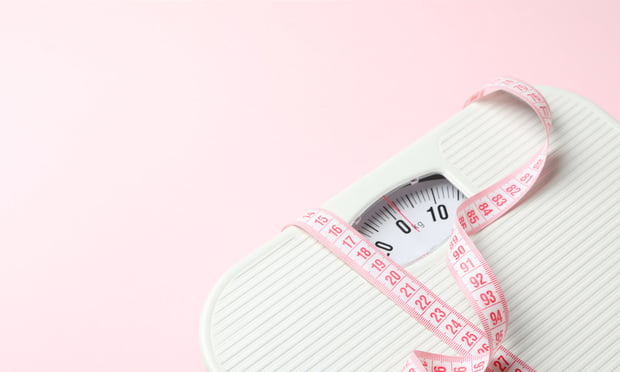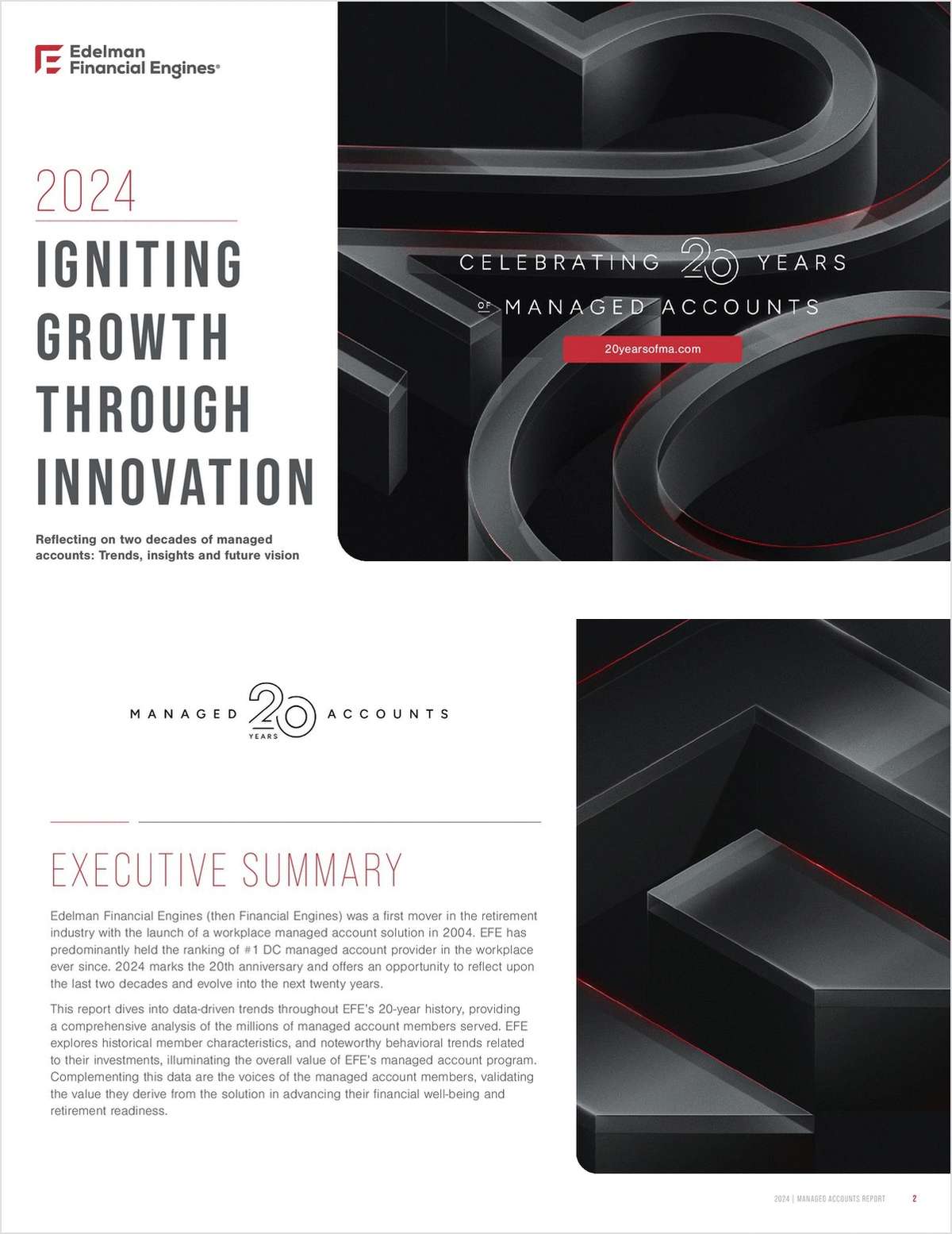 Medicaidrecipients get the biggest dollar value in health care as apercentage of their income, while those with employer-sponsoredhealth insurance get the smallest dollar value. (Photo:Shutterstock)
Medicaidrecipients get the biggest dollar value in health care as apercentage of their income, while those with employer-sponsoredhealth insurance get the smallest dollar value. (Photo:Shutterstock)
While higher-income Americans may pay the most in dollars towardthe nation's health care system, what they fork over pales incomparison as a share of income to what the nation's poor have tocough up.
So says a new RAND Corporation study, which finds not only is thesystem regressive, but families in the highest-income group (out offive) pay 16 percent of their income toward health care whilehouseholds in the bottom fifth pay an average of 33.9 percent oftheir income toward health care.
Continue Reading for Free
Register and gain access to:
- Breaking benefits news and analysis, on-site and via our newsletters and custom alerts
- Educational webcasts, white papers, and ebooks from industry thought leaders
- Critical converage of the property casualty insurance and financial advisory markets on our other ALM sites, PropertyCasualty360 and ThinkAdvisor
Already have an account? Sign In Now
© 2024 ALM Global, LLC, All Rights Reserved. Request academic re-use from www.copyright.com. All other uses, submit a request to [email protected]. For more information visit Asset & Logo Licensing.








